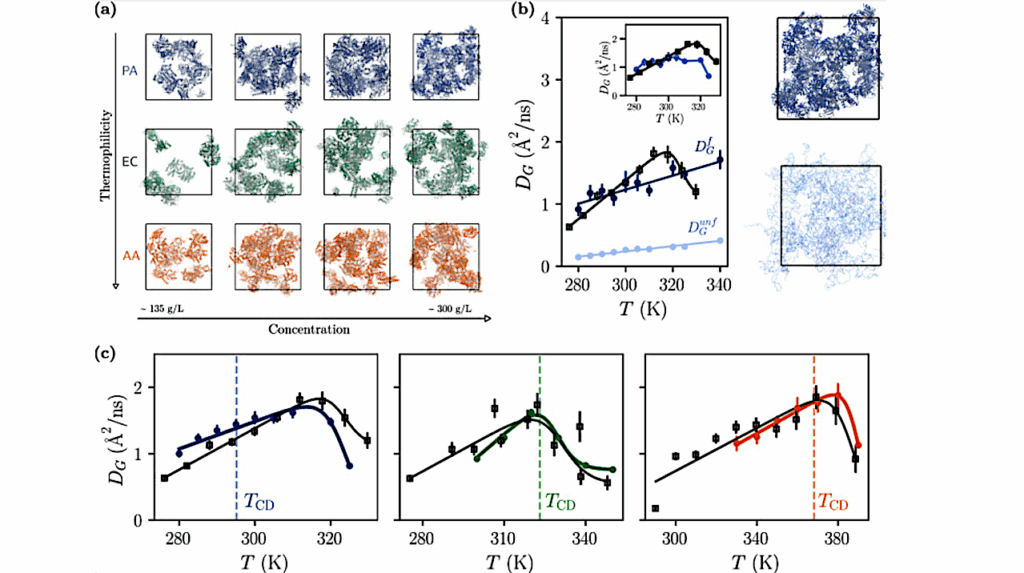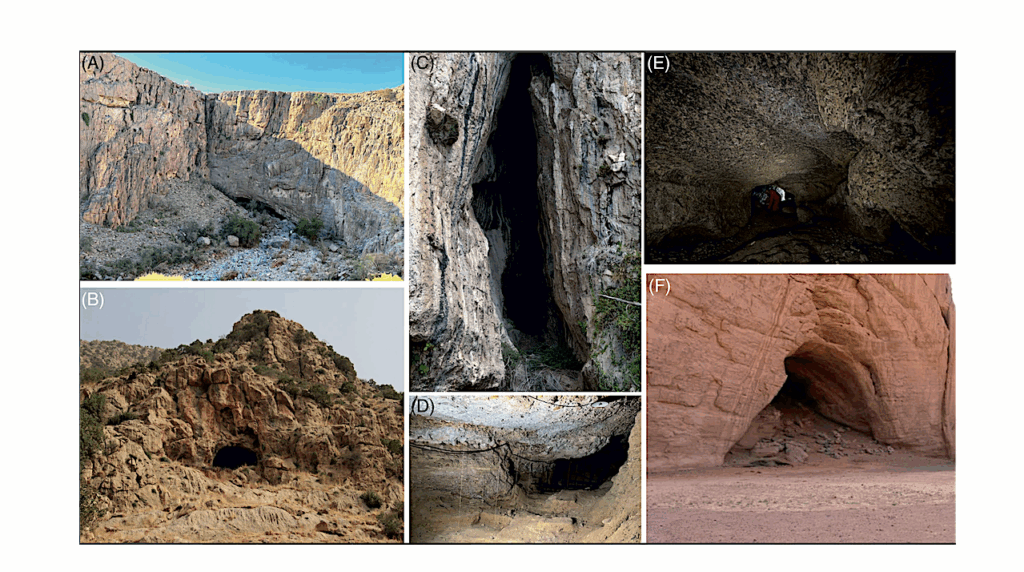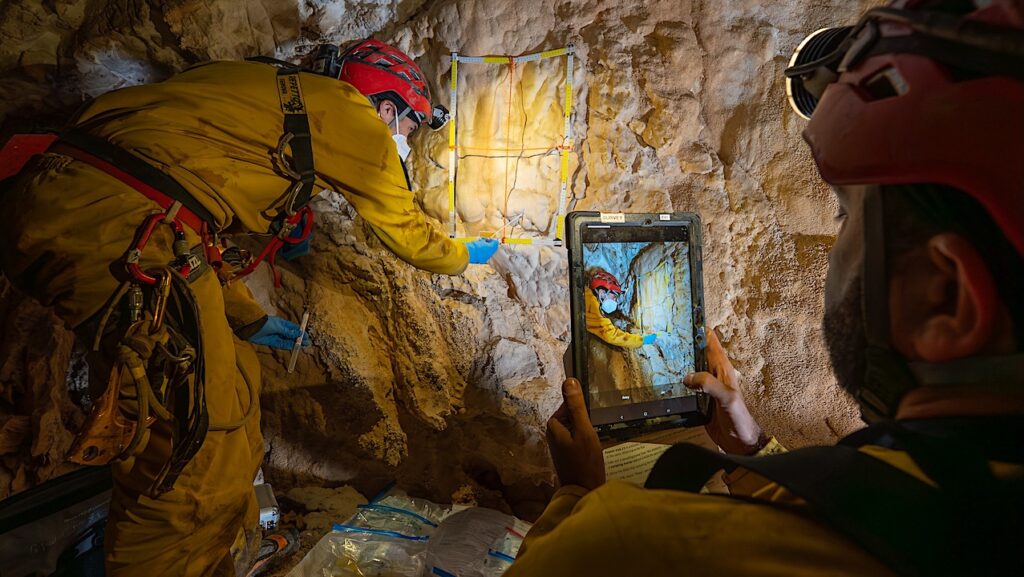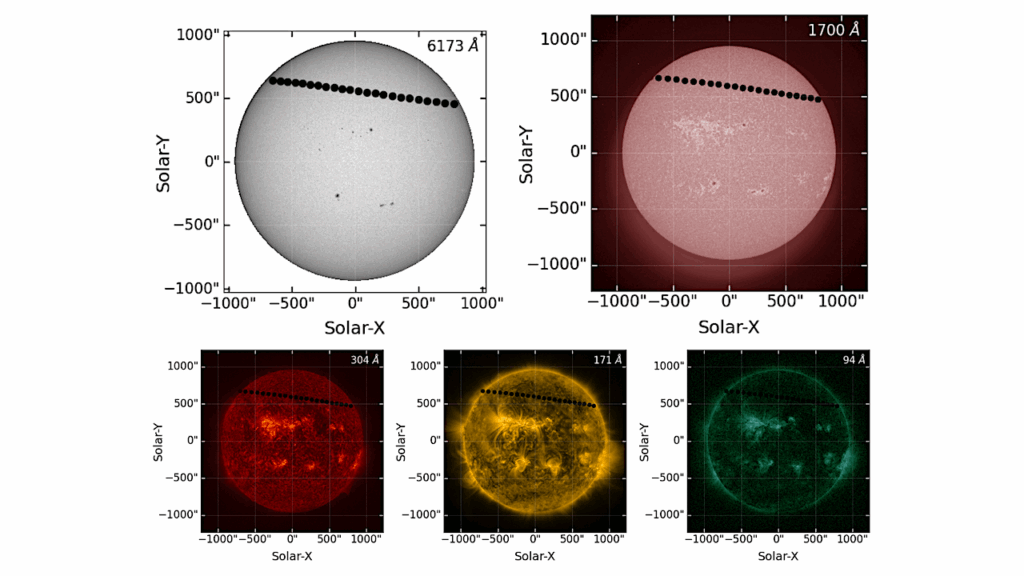Blood Falls Becomes First Subglacial Antarctic Specially Protected Area to Protect Scientific Values
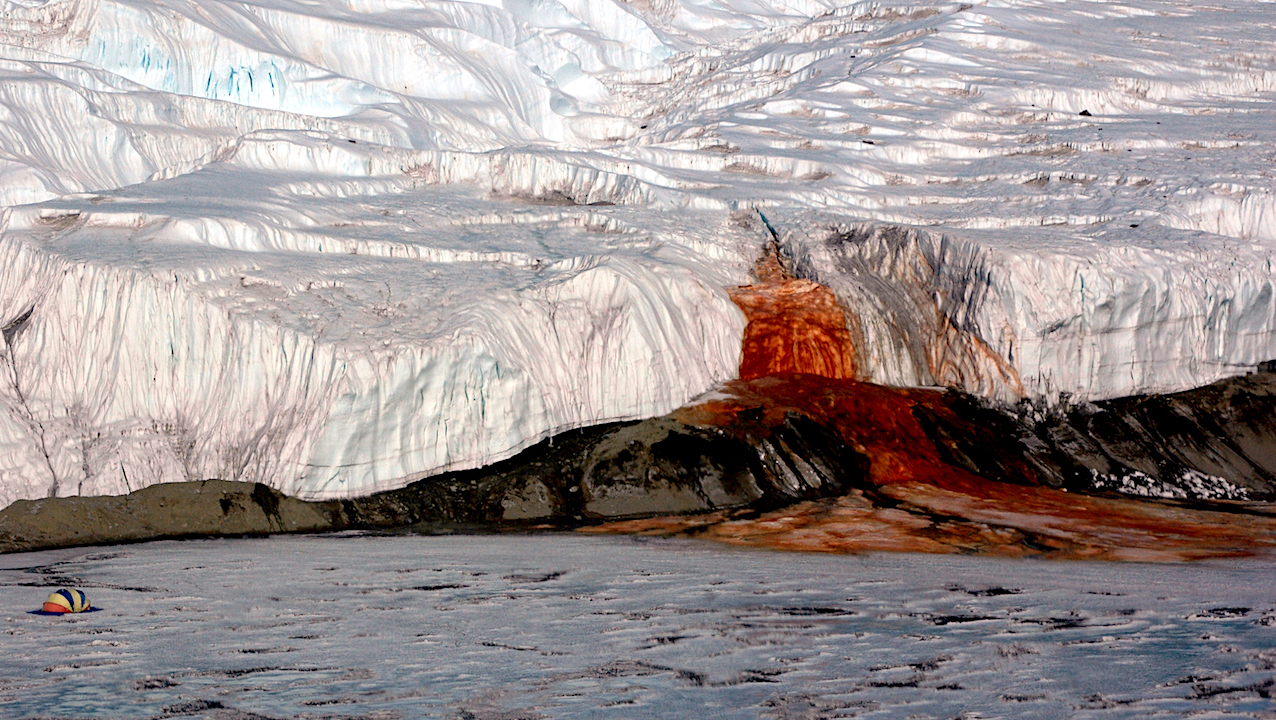
Blood Falls, one of the more bizarre features found anywhere in Antarctica, has fascinated scientists since it was first discovered a century ago by Griffith Taylor, the senior geologist on Capt. Robert F. Scott’s Terra Nova expedition.
The red-stained “falls” are found at the terminus of the Taylor Glacier, pouring out onto the ice-covered surface of Lake Bonney in the McMurdo Dry Valleys like spilled ketchup. The feature results from the discharge of iron-rich, saline liquid that percolates from a briny subglacial pool somewhere underneath the massive river of ice. The liquid oxidizes rapidly at the surface, giving the ice its distinctive bloodstained coloration.
The subglacial ecosystem is home to a unique microbial community that scientists believe has evolved over hundreds of thousands of years to subsist on a chemical soup of sulfur and iron compounds in the absence of oxygen and light. It’s the sort of conditions that might exist on another planet or moon, making it a valuable natural laboratory to study exobiology.
That laboratory became the first sub-aerial Antarctic Specially Protected Area (ASPA) under the Antarctic Treaty System earlier this year.
“It was a new type of concept. What you have is a three-dimensional protected area,” explained Nate Biletnikoff, Environmental, Health and Safety manager for the U.S. Antarctic Program (USAP). “Blood Falls is one of those particular types of unique areas where you have [an] ecosystem that is thriving underground that doesn’t readily show a lot of repeatability.
“It’s deemed as something unique,” he added.
The nations that manage the southernmost region under the Antarctic Treaty System formally adopted the Lower Taylor Glacier and Blood Falls ASPA based on a U.S. proposal submitted this summer during their annual meeting, held this year in Hobart, Australia. It became the 72nd ASPA, one of 14 put forth by the United States over the years.
An ASPA protects outstanding environmental, scientific, historic, aesthetic or wilderness values, or a combination of those values, or ongoing or planned scientific research. A permit is required to enter an ASPA.
In the case of Blood Falls, the ASPA defines the boundaries of the protected area both below and above the glacier surface, where scientists also work on research ranging from glaciology to paleoclimatology.
“The ASPA designation for Blood Falls will help ensure that we are all mindful of the unique, interdisciplinary values of this system when planning and executing our research at this fascinating feature,” said Jill Mikucki, an assistant professor in the Department of Microbiology at the University of Tennessee in Knoxville. Mikucki has worked extensively in the McMurdo Dry Valleys and was part of the team that discovered the unique microbial community at Blood Falls.
“We still have a lot to learn from Blood Falls, but I think we need to always be conscience of the potential environmental impacts of our science,” she added. “It is an important balance between understanding and impact.”
The ASPA boundary includes an unprecedented and extensive subsurface region that extends 50 kilometers up the glacier, with the goal of protecting the subglacial catchment of the lower Taylor Glacier that could be connected with the brine reservoir.
Colin Harris, director of Environmental Research & Assessment (ERA), a company closely involved in the preparation of the ASPA plan for the National Science Foundation (NSF), said the uncertainties surrounding the location and extent of the Blood Falls brine reservoir, as well as its hydrological connections to the Taylor Glacier, were some of the big challenges in defining protective boundaries.
“We recognized that the brine reservoir is currently not well-defined, so we decided that a precautionary approach to boundary design was needed, and this led to defining an extensive horizontal boundary around the primary catchment area feeding into the reservoir location,” he said via email. A natural “cut-off” was agreed upon at Beehive Mountain in Kennar Valley.
Harris said more than 60 researchers were consulted in the development of the ASPA plan. They concluded that activities at the surface of the glacier probably wouldn’t affect the subglacial environment, so no permits are required for research up to 100 meters below the top of Taylor Glacier.
“This approach ensures that activities at the surface are not unnecessarily constrained, and focuses the need for permits on activities that have more potential to compromise the values we are aiming to protect,” explained Harris, who has worked in environmental management for more than 20 years and has been involved in the development of numerous ASPA plans for the United States and other nations.
The ASPA designation for the subglacial ecosystem comes at a time when scientists are racing to learn more about the lakes and related hydrology under Antarctica’s ice sheets. Last year, Russia finally penetrated more than three kilometers through the ice sheet into Lake Vostok, the largest of some 300 subglacial lakes believed to exist.
Meanwhile, the British Antarctic Survey (BAS) is undertaking an expedition to explore Lake Ellsworth in West Antarctic, while a U.S. team will begin this season with its ambitious survey of Lake Whillans and the associated waterworks that flow to the Ross Ice Shelf.
“This set a precedent in the Treaty, and that’s what made it interesting, too,” said Polly Penhale, environmental officer for the NSF’s Office of Polar Programs, which manages the USAP.
Harris said progress toward protecting other subglacial environments such as the hidden lakes of Antarctica has already taken place through the National Research Council (NRC) at the request of the NSF. In addition, the international Scientific Committee on Antarctic Research (SCAR) has developed a code of conduct for the exploration and research of subglacial aquatic environments.
Taylor Valley and its namesake glacier are among the most heavily researched regions in Antarctica. Previous studies around and on the glacier have involved activities such as using chainsaws to cut artificial caves into the ice and extracting horizontal ice cores right at the surface of the glacier that may hold clues to ancient climate.
“About everything has been done on Taylor Glacier at some point,” Biletnikoff noted.
Blood Falls had been designated a “special feature” when the Dry Valleys Antarctic Specially Managed Area (ASMA) was created in 2004. The ASMA designation generally encompasses broader areas than an ASPA, with detailed plans of how various activities within the area should be conducted. A permit is not required to enter an ASMA.
The Dry Valleys ASMA was significantly revised last year, and the somewhat ambiguous “special features” designations were discarded in favor of various types of zones for particular activities. Blood Falls and Taylor Glacier met the criteria for a Scientific Zone. Adding the extra layer of protection afforded by the ASPA guidelines helps ensure that other scientific or operational activities won’t contaminate the alien-like environment below the glacier.
“We didn’t want to make a Restricted Zone,” Biletnikoff said. “We didn’t want to make an area that is ripe for scientific opportunity to be completely closed off. There may be tremendous value of what’s found there in the future.”
Instead, any major activities involving the Blood Falls region in coming years will involve environmental impact assessments and thorough consultations with the scientific community, according to Biletnikoff.
“It really becomes a federal review process based on the best science that is out there,” he said.
It took about 2 years to complete the formal ASPA process, though discussions on adding Blood Falls and part of Taylor Glacier to the protected list had started in earnest in 2008, Biletnikoff said. The Lower Taylor Glacier and Blood Falls ASPA, the first proposed by the United States since 2005, included far more involvement from the research community than in the past.
That was appreciated by scientists like Mikucki.
“The diligence that the committee took pulling together the ASPA is commendable,” she said. “They made sure to include all interested parties from the beginning. This is a positive example about how scientists can work together with environmental managers to help preserve the precious places we study.”
Biletnikoff said he expects that model will continue to be used in future ASPA proposals.
“It was quite thrilling in the end to go through a fully vetted process,” he said. “We have better protocols in place now to make sure one type of science isn’t jeopardizing another in the future.”
Harris credited former ERA employee Rachel Carr, now pursuing a doctorate in glaciology at Durham University, for the role she played in the development of the Taylor Glacier and Blood Falls ASPA plan.
“The range of scientific issues and their technical complexities, and the consequent scientific debate that arose, made this a particularly challenging plan to construct, and it took a lot of effort by many people,” he said. “Reaching a consensus on the approach was therefore most rewarding, and hopefully will ensure that the values of this remarkable feature will be secured for the long term.”
Astrobiology.



